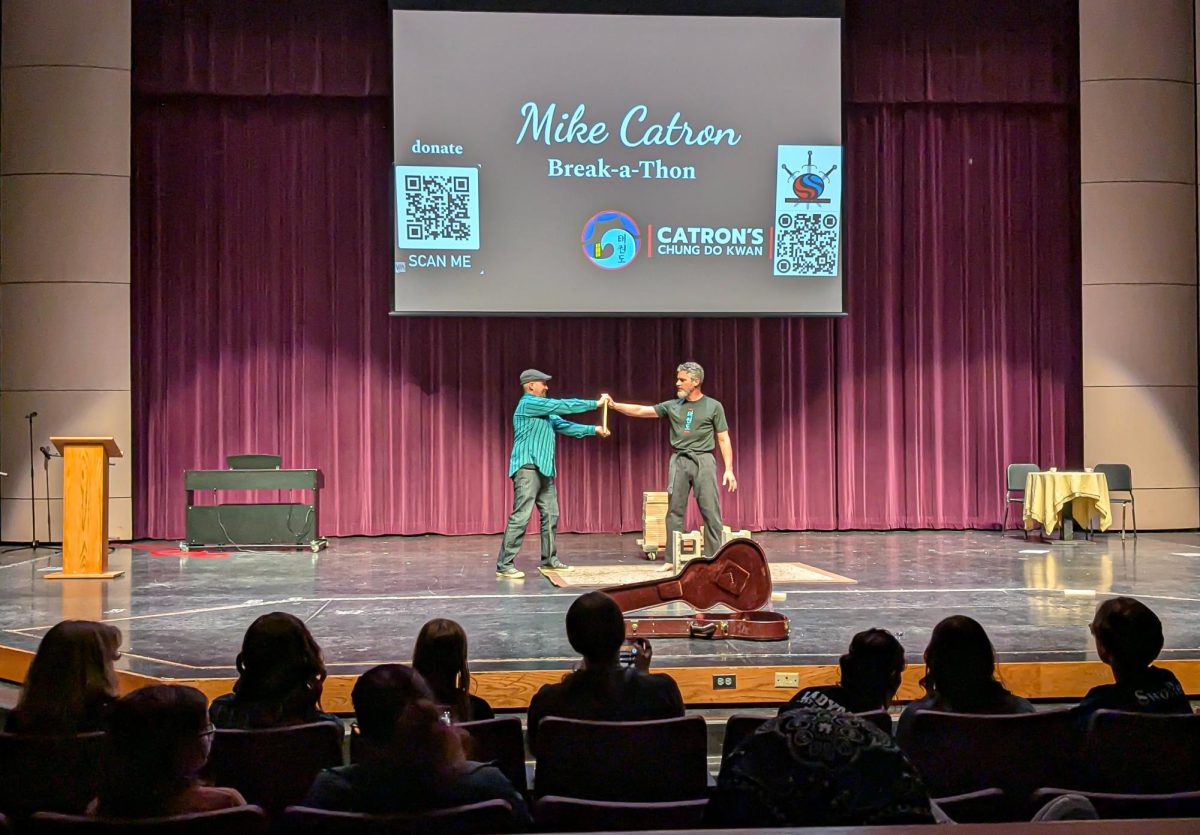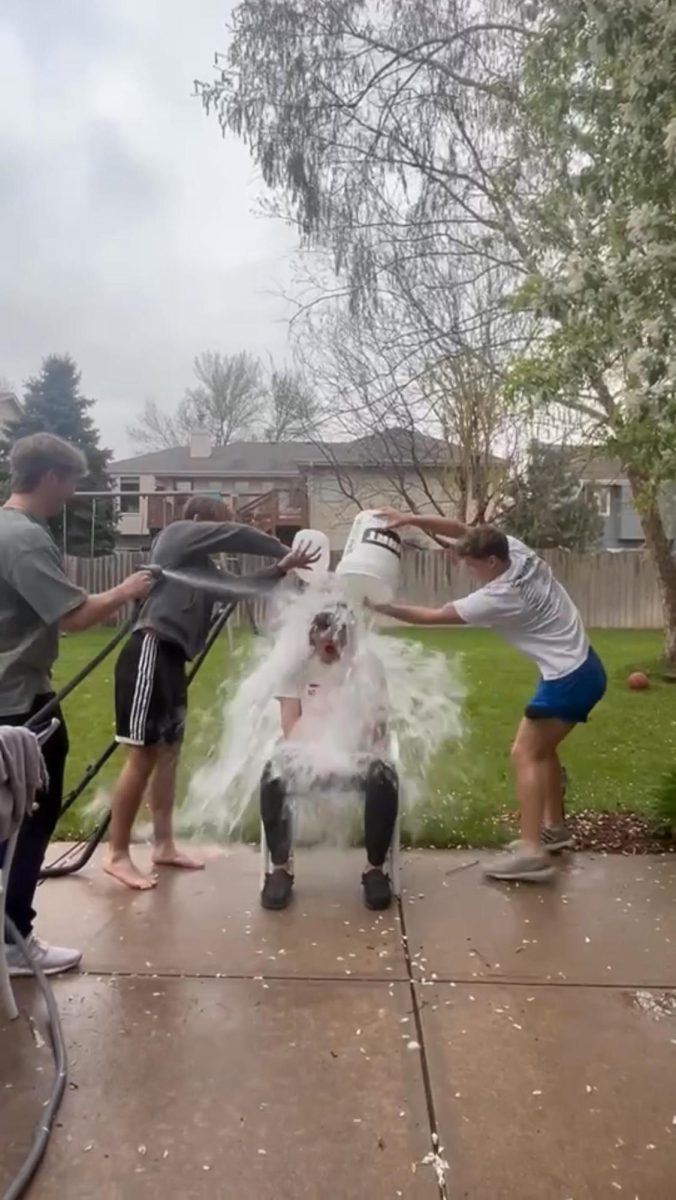As high school seniors prepare to graduate and transition into adulthood, many will face a pivotal moment: the opportunity to vote in their first presidential election. This decision carries immense weight, as the policies and leadership of the next administration will shape their futures in education, the economy and climate, among other critical issues.
Historically, the youth vote has been underrepresented in elections. In 2020, voters aged 18-29 made up only 17% of the electorate, despite being one of the largest eligible voting blocs. However, recent trends suggest a growing political awareness among young people. Data from the Center for Information & Research on Civic Learning and Engagement (CIRCLE) at Tufts University indicates that youth turnout in the 2020 election reached 50%, an 11-point increase from 2016. High school seniors, many of whom are on the cusp of voting age, are a key demographic that can push these numbers even higher.
Several issues directly impact high school seniors and young adults in this election. One of the most pressing issues is education reform. The cost of college tuition continues to rise and many students graduate with substantial debt. The average annual tuition rate at a public 4-year college was up 2.64% from 2011-2024 which hurts the pockets of many adults. Candidates’ positions on student loan forgiveness, tuition-free public college and vocational training will directly affect those planning their post-high school education paths.
The job market is another critical concern. As these students enter the workforce, they will need a booming economy that provides opportunities for stable, well-paying jobs. A vote in this election could influence job creation policies, minimum wage debates and investments in emerging industries like green energy and technology.
Lastly, the climate crisis looms large. A survey by the Pew Research Center found that 67% of young voters believe addressing climate change should be a top priority for the next administration. This generation will bear the brunt of environmental degradation and their votes can influence how aggressively the government acts to combat it.
High school seniors should also understand the broader significance of voting in a presidential election. Beyond specific policies, participating in elections is a vital part of maintaining a healthy democracy. In recent years, voter suppression efforts and misinformation campaigns have attempted to throw young and minority voters through a loop. By voting, high school seniors can resist these efforts and ensure their voices are heard.
The 26th Amendment, ratified in 1971, lowered the voting age to 18, in part because young people at the time argued that if they were old enough to be drafted into the Vietnam War, they should be old enough to vote. That same principle applies today, if young people are expected to participate fully in society, they must be given the power to influence its direction.
Voting is not just a right; it’s a responsibility. High school seniors should take the time to educate themselves on the issues, learn about the candidates and understand the voting process. There are plenty of resources available, such as voter guides from organizations like Rock the Vote or Vote.org, that can help first-time voters navigate this process.















